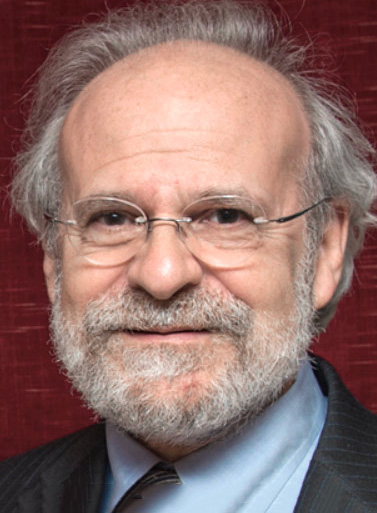


|
||
|
||
The goal of public policy for connectivity should be to assure access to our common facilities as a public good by adopting sustainable business models that don’t put owners and users at odds with each other. Such balances are typically difficult to achieve which is what makes connectivity so unusual—we can achieve both once we fund the facilities as a public good apart from the particular applications such as telephone calls and cable content.
The Internet represents a discontinuity from the past and our policies need to reflect this fresh start. We can now frame policies in terms of creating opportunity. It’s not a thing in the sense of the wires and the gears—it is what we do with them.
The Internet is a result of an idea—our new understanding of how to use available resources to communicate without depending on telecommunications providers to act on our behalf and without depending on them to make a profit before we can talk.
Perhaps it’s the stark simplicity of the idea that makes it so difficult to grasp. One must think architecturally and understand that we are exchanging packets totally apart from their interpretation (meaning) and their value. The web is just an application using this connectivity and is not the infrastructure in itself.
The key to approaching the new policy is to focus on providing the facilities to exchange packets apart from any particular application. If we go to the basics, legacy telecommunications is a way we’ve used the wires (and radios) to speak among ourselves and, now, among our devices.
This idea of separating the business of transporting packets is not new. We’ve seen it called structural separation and it’s also implicit in spectrum auctions. But rather than wholesale/retail model the facilities we use to exchange the packets must be funded as a whole because it is a public good.
The Internet does not depend on circuits (or, as they are sometimes called, pipes) but rather each packet can find its own way and it’s OK if a few get lost. Instead of assuring that any particular application works we have to discover what we can do with whatever facilities are available.
This requires a break from the FCC’s approach of assuring results to an approach in which communities pay for a common infrastructure. Today’s telecommunications policies presume (and thus preserve) scarcity. By having vibrant competition in companies seeking to offer communities the best of available facilities we create the conditions for hyper-growth (AKA Moore’s Law).
When we talk about scarcity or abundance we have to ask scarcity or abundance of what? It’s a measure relative to a particular purpose or use. A glass of water is too little for watering a lawn but can be plenty to slake a thirst.
The secret to Moore’s law is to take advantage of opportunities even if they don’t apply to the problem at hand. Thus if we have an infrastructure that supports exchanging files (and email) rather than voice conversations we do just that. And, in the 1990’s we discovered that the capacity generated for the web now enabled voice as new opportunity even though we hadn’t built into the network. Contrast that with PSTN (Public Switched Telephone Network) which was designed for voice and now we have to transition away from it because that’s all it’s good for.
This abundant capacity is the starting point and allows us to discover what we can do with this new resource ranging from simply allowing us to do today’s applications (like the web) to connected healthcare and so much more.
It isn’t easy to embrace an entirely new idea and this brief introduction won’t fully explain it. This is why we need examples. We can build on the experiences with networking in our homes which are DIY (or Do It Yourself). We can take this to next step by starting with communities that already work together as in apartment houses with borders that can act on behalf of the community. I call this DIO or Do It Ourselves.
The scope of DIO can start very locally and expand out as more join in. But even those nascent efforts are fully connected with the rest of the world just as the devices on your home network are connected. The key is in recognizing that the entire telecommunications infrastructure is simply a readily available resource.
We call the service “broadband” but instead of thinking of it as the Internet being delivered we can start with our devices and treat broadband as simply a way of buying the use of existing capabilities. In the home the boundary between DIY and broadband is the edge of the home. In a DIO apartment house it’s at the edge of the building. And when neighboring buildings join together the boundary of DIO extends until it reaches the entire city and beyond.
These DIO efforts setup a powerful and viral example.
The FCC must work with this process rather than trying to preserve the regulatory system we have now. It just needs to understand that the Internet has shown us new ways to use existing facilities.
This is a very simple approach which will give us a market-based sustainable approach. Public policy issues like network neutrality will be a result rather than something we have to micromanage. We will be exchanging packets of bits rather than transporting content. The facility operators won’t know which packets should get better treatment because the packets are decoupled from their meaning.
The above thoughts are part of a white paper (PDF/HTML) based on a talk I gave to the Columbia University CITI policy group on June 2nd 2014. This is a work-in-progress. I plan later version and/or new papers that will explore related issues in more detail.
Sponsored byCSC

Sponsored byIPv4.Global

Sponsored byDNIB.com

Sponsored byVerisign

Sponsored byVerisign

Sponsored byRadix

Sponsored byWhoisXML API
